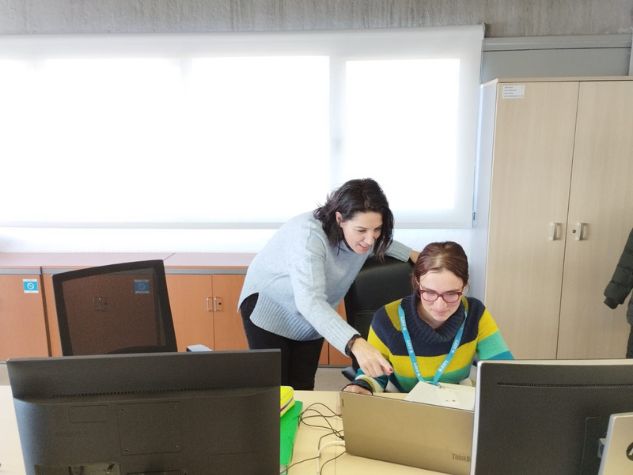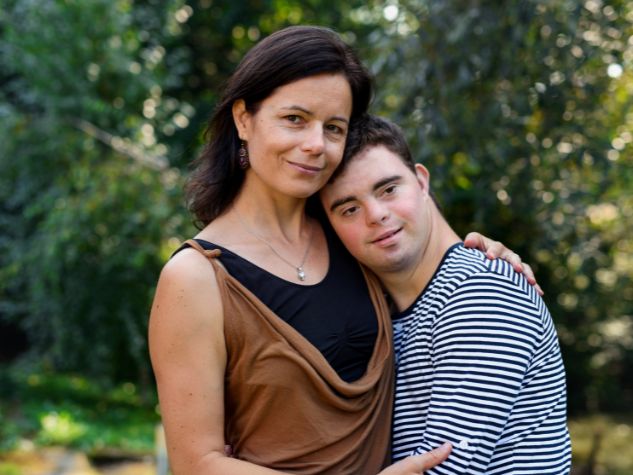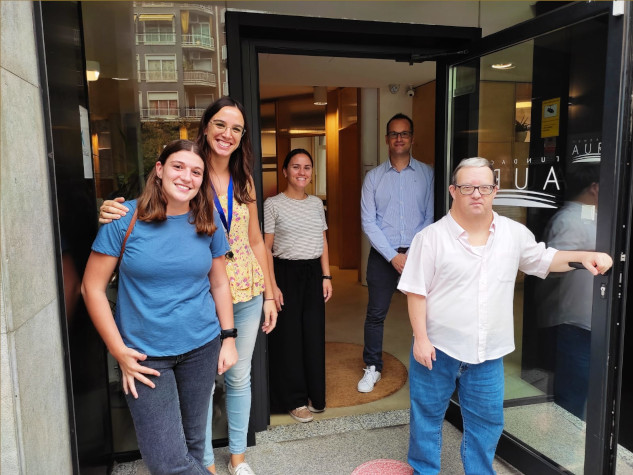Supported employment is a methodology that allows people with intellectual disabilities to develop a job role effectively. It relies on identifying and providing the necessary support for the person to function well in the work environment.
Based on the EUSE model, here’s a detailed breakdown of the five phases of the supported employment process:
- Engagement with the Client
Objective: Ensure the interested person is well-informed about the supported employment process. This stage involves establishing a trusting and collaborative relationship between the person, their family, and the support team.
Stages of Phase 1: Engagement with the Client
- Preparation of potential job seekers: An initial assessment of the person’s needs, skills, and preferences is conducted through interviews, questionnaires, and review of relevant documents.
- Initial contact: An initial contact is established with the person and their family to explain the supported employment program, including its objectives, methodologies, and benefits.
- Initial meeting: An in-depth meeting is held to get to know the person better, their interests, motivations, previous work experiences, and specific work goals.
- Planning discussion: An individualized support plan (ISP) is developed that details the strategies and resources needed to achieve the person’s employment goals. The ISP should be flexible and adaptable to the person’s changing needs.
- Participation agreement: A participation agreement is signed that establishes the commitments of all parties involved in the process, including the person, the family, the support team, and collaborating entities.
- Building the Professional Profile
This phase has two main objectives:
- Define the professional profile: Relevant information about the person is gathered and analyzed, such as their skills, interests, experiences, education, and personal aptitudes. Based on this analysis, the most suitable professional profile for the person is identified, considering their abilities, preferences, and the current labor market.
- Design an action plan: A detailed action plan is developed that includes the activities, resources, and deadlines for the person’s training and education, focusing on developing the competencies and skills required for the defined professional profile. The action plan should be personalized and flexible, adapting to the person’s needs and learning pace.
Stages of Phase 2: Building the Professional Profile
- Collection of relevant information: Information is gathered through various sources, such as in-depth interviews, standardized questionnaires, direct observations, review of academic and work documents, and evaluations of skills and abilities.
- Career planning: The person’s professional direction is defined in the short, medium, and long term, considering their interests, skills, and available job opportunities in the market.
- Action plan: A detailed plan is developed that includes the training activities, necessary resources, deadlines, and achievement indicators for the development of the competencies and skills required by the defined professional profile.
- Review of the action plan: The action plan is monitored periodically, evaluating the person’s progress, identifying difficulties, and making the necessary adjustments to ensure the achievement of the established objectives.
- Job Search
The goal of this phase is to secure job offers in the regular labor market that match the person’s professional profile and aspirations. The job search can be led by the job seeker or by the support entity.
Job Search Strategies
- Access to job portals: Specialized online platforms are used to search for job offers that match the characteristics of the person’s professional profile.
- Company contacts: A network of contacts is established with companies from various sectors to learn about available job opportunities and present the person’s profile.
- Participation in job fairs: Job fairs are attended to establish contacts with potential employers, present the person’s profile, and learn about the demands of the labor market.
- Collaboration with specialized entities: Collaboration with entities specialized in job placement for people with disabilities to expand employment opportunities and access a larger number of job offers.
- Professional social networks: The power of professional social networks is used to connect with potential employers, disseminate the person’s profile, and expand the possibilities of finding a suitable job.
- Commitment with the Company
Objective: Determine the suitability of the job position for the candidate and establish the necessary adaptations to ensure a good fit between the “person-workplace.” This phase includes managing the company’s selection processes, characterized by the analysis of the workplace and the work adjustment based on the characteristics of each candidate.
Details:
- Examples of “person-workplace” adaptations can be included: physical modifications of the workspace, adjustments to work processes, provision of assistive technology, etc.
- The importance of collaboration with the company throughout the selection and adaptation process can be mentioned.
- Support Inside and Outside the Company
Objective: Ensure the integration of the person in the workplace, providing training, learning and work opportunities, fostering participation in the team and contribution to the company culture. At the same time, it seeks to provide the company with a support mechanism and offer workers knowledge and a greater capacity for understanding towards the new colleague.
Specific Actions in the Support Phase
The “Support Inside and Outside the Company” phase encompasses various actions that facilitate the person’s integration and success in the workplace. These actions can be detailed as follows:
- Introduction and Orientation:
- Provide a warm welcome and introduce the person to the company’s environment, personnel, and policies.
- Work and Company Culture Awareness:
- Offer training on the job duties, company procedures, and organizational culture.
- Stabilization:
- Facilitate the person’s adaptation to the new work environment by providing ongoing support and monitoring.
- Progressive Withdrawal of External Support:
- Gradually reduce external support, allowing the person to gain greater autonomy in their work.
- Ongoing Follow-up and Support:
- Maintain regular contact with the person to evaluate their progress, offer support, and address any challenges that may arise.
Recommendations:
- Use clear and concise language: Strive for simplicity and directness in your writing. Avoid complex sentences or unnecessary jargon.
- Avoid redundancy: Eliminate repetition of ideas or phrases. Ensure that your message is conveyed effectively without rephrasing unnecessarily.
- Include specific examples: Provide concrete illustrations to support your points. Examples make your writing more engaging and relatable.
- Emphasize the benefits of company commitment and support: Highlight the positive outcomes of both the company’s commitment to the employee and the employee’s integration within the company. Demonstrate how these factors contribute to mutual success.
Additional Resources:


















